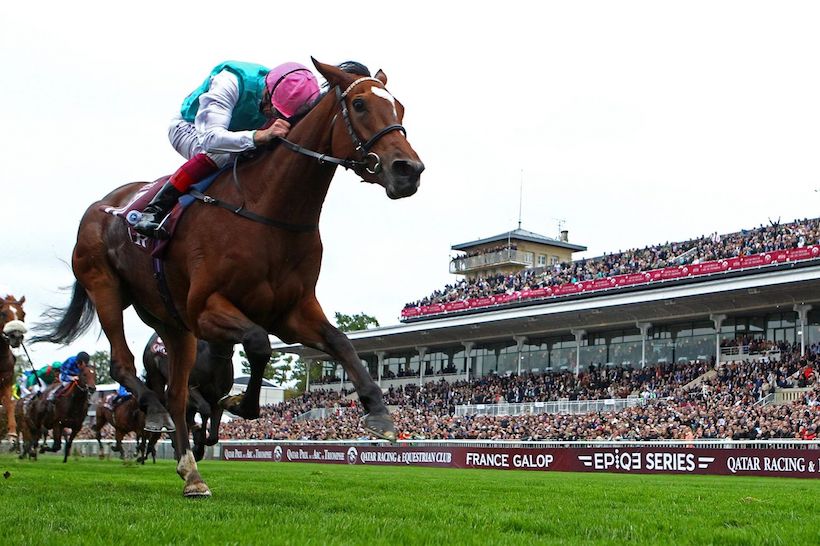Horse Racing The Arc
- Horse Racing Archives
- The Arc Horse Racing
- Horse Racing The Arc De Triomphe
- Horse Racing Arcade Machine
The actual largest racing group in the UK, Arena Racing Company (ARC) has 16 racecourses and 2 greyhound stadia, as well as hotels, golf clubs and a spa. Horse Racing Aidan O'Brien with his son Joseph Aidan O'Brien has withdrawn all four of his horses from Sunday's Prix de l'Arc de Triomphe in Paris after they tested positive for a banned substance. The races Emirates Poule d'Essai des Poulains and Emirates Poule d'Essai des Pouliches are two eagerly-anticipated races that crown the best 3-year-old colt and filly over the mile distance. These two horse races are decisive to how the rest of the season pans out, and are an almost-obligatory rite of passage for any illustrious racing career. Do not miss the new generation of champions. The Arc is not only a horse race, it is 'the race' for France and for all of Europe. The highest class turf horses from Europe and in fact the world compete annually for the prestigious trophy. Legendary jockey Frankie Dettori has the record for most wins in the Arc, he has won the race an amazing 6 times. French trainer Andre Fabre is the king. Arc betting is always competitive and the Prix de l’Arc de Triomphe represents the culmination of the flat horse racing season. It is the final opportunity to have a bet, in Europe at least, on the top talents that have emerged during the season. The race is usually held on the first Sunday in October at Longchamp, Paris, over a mile and four furlongs.
* * *


* * *

Horse Racing Archives
The Arc Horse Racing
Horse Racing The Arc De Triomphe
Horse Racing Arcade Machine
* * *